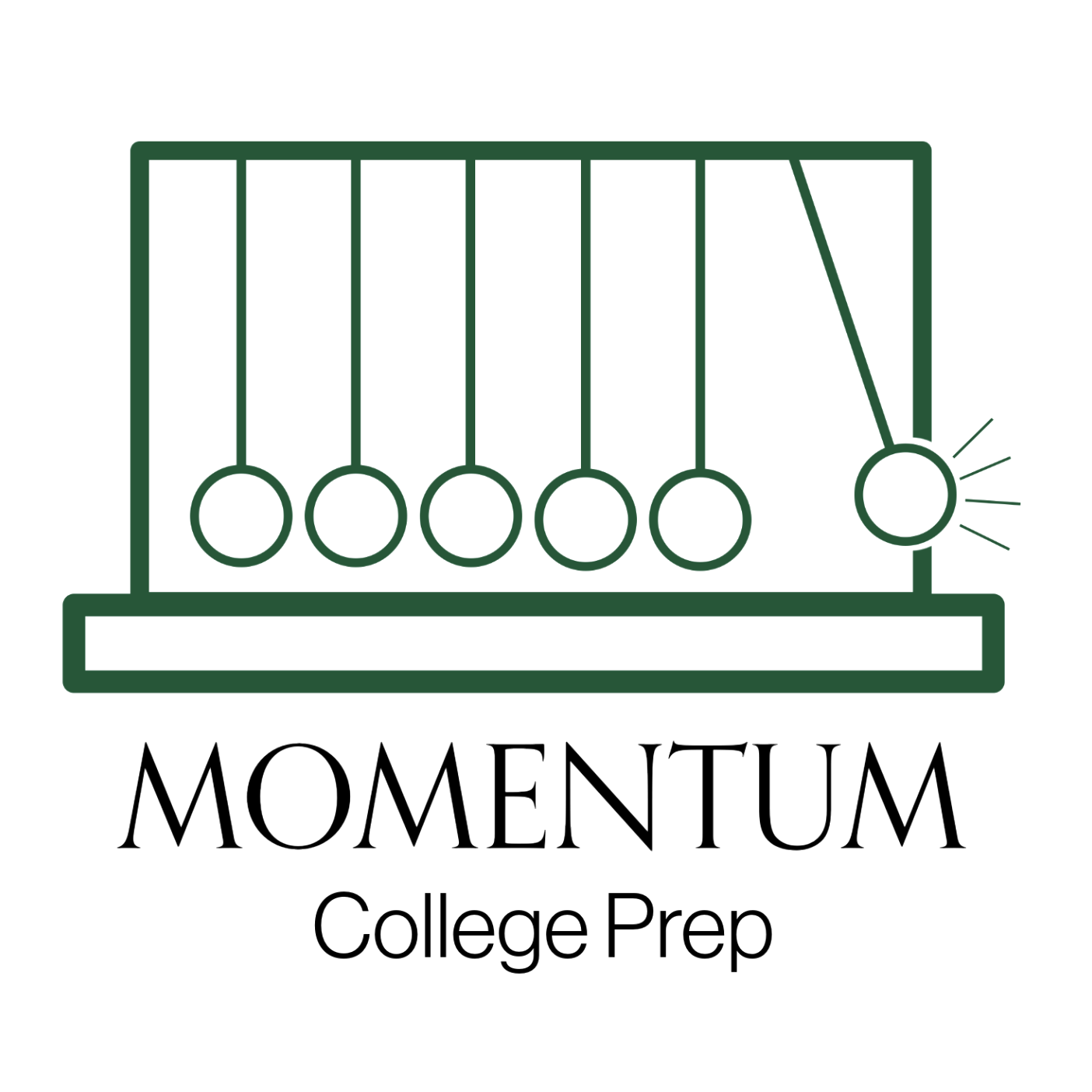Is Applying Early Decision the Right Move for You?
As college application season kicks off, one of the biggest decisions students face is whether or not to apply through Early Decision (ED). For many, the idea of securing a spot at their dream college months before their peers is enticing, but Early Decision comes with its own set of benefits and potential drawbacks. Before committing to this binding application process, it’s important to understand if it aligns with your personal goals and readiness.
In this post, we’ll break down the pros and cons of applying Early Decision and help you determine if it’s the right move for your college application strategy.
What is Early Decision?
Early Decision (ED) is a binding application process offered by many colleges and universities. If you apply ED, you agree that, if accepted, you will attend that institution and withdraw all other college applications. Typically, Early Decision deadlines fall in November, and you’ll receive your admission decision by mid-December, giving you a head start on the process.
There are usually two rounds of ED:
ED I: Apply in November, receive decisions in December.
ED II: Apply in January, receive decisions in February.
Unlike Early Action (which is non-binding), Early Decision requires a serious commitment, which is why it’s crucial to weigh the pros and cons.
The Benefits of Applying Early Decision
Higher Acceptance Rates
One of the most compelling reasons students consider Early Decision is the potential for a higher acceptance rate. Many schools admit a higher percentage of their ED applicants compared to Regular Decision. This is because applying ED signals to the school that you are fully committed to attending if accepted.
Key Tip: Research the acceptance rates for ED vs. RD at your target schools. If the difference is significant and you’re a competitive applicant, ED may increase your chances of admission.
Less Stress in Senior Year
Getting your college acceptance early can significantly reduce stress for the remainder of your senior year. If you’re admitted through ED, you can avoid the hectic process of completing multiple applications and essays while juggling exams and extracurriculars.
Key Tip: Consider how an early decision could free up time for focusing on other important aspects of senior year, like academics, extracurricular leadership, or enjoying your final year of high school.
Demonstrates Interest to Colleges
Colleges want to admit students who are genuinely excited to attend their school. Applying through ED shows admissions officers that you are 100% committed to attending, which can be a valuable signal, especially for competitive or smaller schools that emphasize student interest.
The Drawbacks of Applying Early Decision
It’s Binding
The biggest downside to Early Decision is that it’s binding. If you’re accepted, you must attend the school, regardless of how your feelings or financial situation change. This can be risky if you haven’t fully researched your financial aid options or if you’re unsure about your decision.
Key Tip: Make sure you’re 100% sure about attending the school you apply to via ED. Reach out to their financial aid office before applying to understand your aid package and any scholarships.
Limited Financial Aid Negotiation
When you apply through ED, you lose the ability to compare financial aid packages from multiple schools. This could result in less favorable financial aid compared to what you might receive through Regular Decision, where you can compare and negotiate.
Key Tip: If financial aid is a major concern, carefully assess how ED may impact your aid opportunities. Some students find that applying Regular Decision gives them more flexibility in securing the best package.
You’re Locked In Early
Applying Early Decision requires you to commit to a school earlier in the year, which can be a challenge if you’re still exploring other options. If you change your mind after applying ED, you’ll be limited in your ability to pursue other schools or programs that may be a better fit later on.
Conclusion
Early Decision can be a powerful tool for students who are confident in their top college choice and ready to commit. However, it’s not for everyone, especially those needing flexibility or a chance to compare financial aid packages. If you’re considering ED, take the time to carefully weigh the benefits and drawbacks before making a decision.
Need help deciding if Early Decision is right for you? Momentum College Prep is here to guide you through every step of the application process. Contact us today for personalized advice and support!

